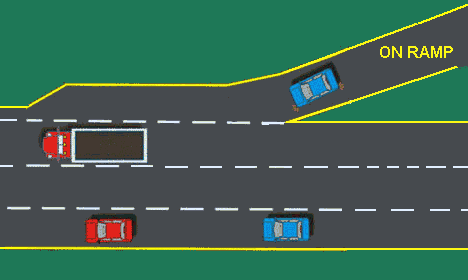Apparently, Washington State is one of the worst states in the U.S. to drive in, according to a new report. Personal finance website WalletHub took a look at all 50 states to determine which are the best – and the worst – to drive in. Unfortunately, Washington State landed second from last on the list.
Traffic, road conditions and the cost of vehicle maintenance are all things that can make drivers nervous. These conditions vary across states for a variety of reasons including population, weather and government investments.
THE RANKING/GRADING CRITERIA.
To rank the states, WalletHub compared them across four key dimensions: 1. Cost of ownership and maintenance, 2. Traffic and infrastructure, 3. Safety and 4. Access to vehicles and maintenance.
Researchers then broke those dimensions down into 31 relevant metrics, including things like average gas prices, the share of rush-hour traffic congestion, number of days with precipitation, road quality, traffic fatality rate, car theft rate and auto-repair shops per capita.
Each metric was graded on a 100-point scale, with a score of 100 representing the best for drivers. WalletHub determined each state’s weighted average across all metrics to calculate its overall score.
THE RESULTS: WA STATE RANKS SECOND-TO-LAST IN WORST STATES TO DRIVE IN.
When the scores were determined, WalletHub’s report shows that Washington ranked 49th overall among 50 states, making it the second-worst state to drive in. The state ranked 47th among all states for its cost of vehicle ownership and maintenance and 39th among states for traffic and infrastructure. Both scores contributed greatly to the state finishing so low on the list.
The only state worse to drive in than Washington, according to the report, is Hawaii.
In the report, WalletHub asked experts how states can reduce the number of traffic fatalities. Dr. Arman Sargolzaei, an assistant professor of mechanical engineering at the University of Southern Florida said the vast majority of U.S. traffic accidents are entirely or partially due to human error.
“A shift in responsibilities from the human driver to self-driving cars can potentially reduce accidents,” ~Dr. Arman Sargolzaei.
Please contact my office if you, a friend or family member are charged with Reckless Driving or any other crime. Hiring an effective and competent defense attorney is the first and best step toward justice.










